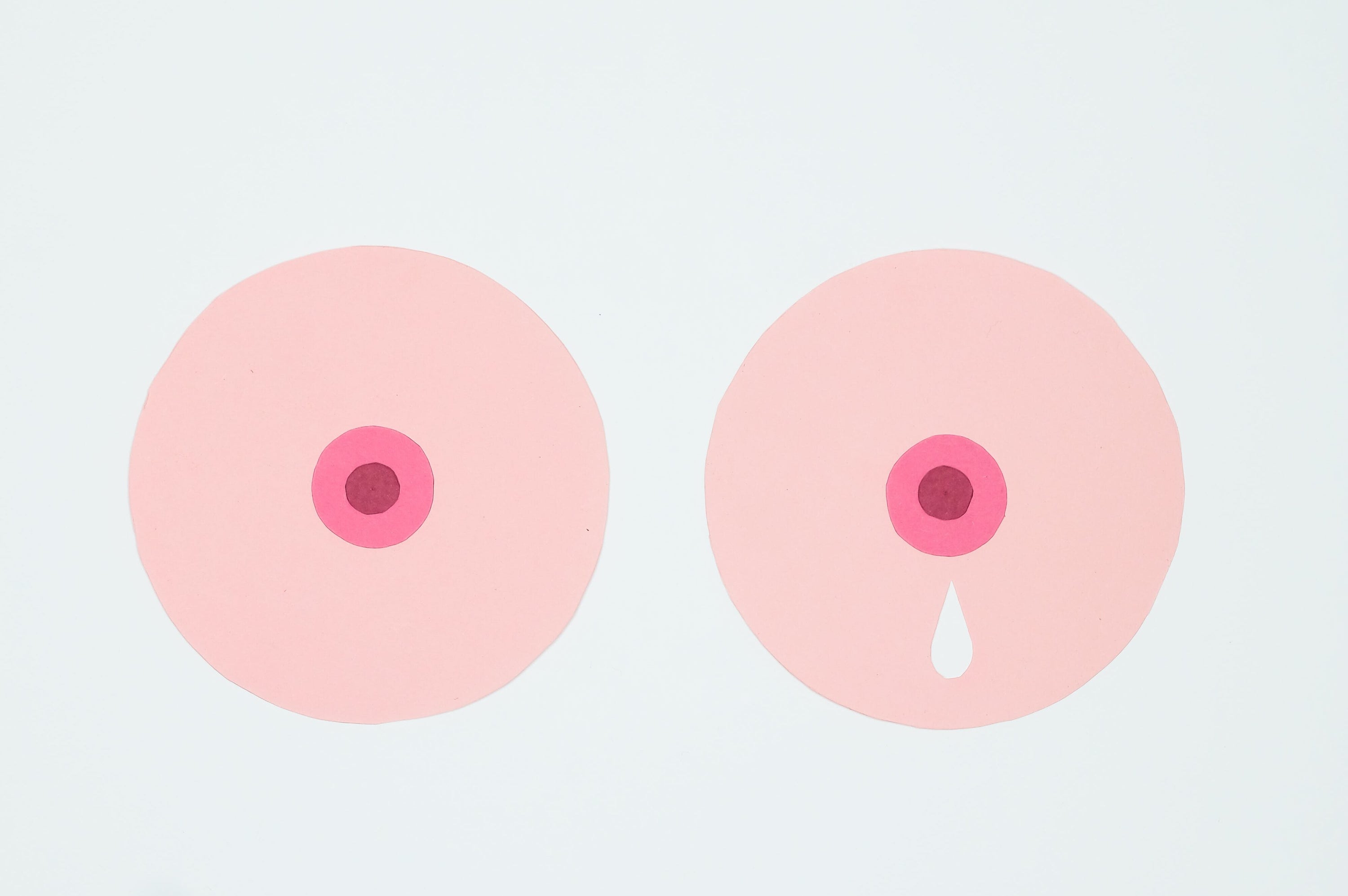Home
Pregnancy & Breastfeeding Tips for New Moms: Preconception, Pumping & Parenting Support
Signs of Established Milk Supply | Breastfeeding Basics

Signs of Established Milk Supply | Breastfeeding Basics
If you are planning to breastfeed your baby, you probably already know that your milk supply is adjusted according to the baby’s feeding schedule. In fact, the more the baby eats, the more milk you make, but how do you know when your milk supply is set and established, which means it will be fairly regular and reliable from that point forward? Generally, it takes six to twelve weeks postpartum for your milk supply to be established, but a lot happens in the meantime.
In the Beginning
Right after childbirth, your breasts produce not milk but colostrum, which is extremely nutritious and actually builds up the baby’s immune system. After several days, your milk will come in, and you’ll continue to produce colostrum with the milk for several weeks. In the beginning, you and your baby are getting used to one another, so breastfeeding may not always go as you’d planned.
Nevertheless, the more you nurse, the better you’ll feel about the job you’re doing. If you’ve asked yourself, when does milk supply regulate, it usually takes six to twelve weeks, but keep in mind this is not an exact science. Some women have an established milk supply at two weeks, while others’ milk may not be established until after the twelfth week. Every mother is different.
In the meantime, here are some signs that signal your breast milk has been established:
- It is somewhere between six to twelve weeks after you’ve given birth
- You can pump at least 17 ounces in a 24-hour period by the end of the first week (if you are pumping exclusively)
- You can pump at least 25 ounces in a 24-hour period by the end of the second week (if you are pumping exclusively)
- You are leaking much less often in between feedings
- You have less engorgement, except if you miss a feeding
- If you skip a feeding or pumping session, you are experiencing fewer clogs
- You experience fewer involuntary “letdown” responses
- Your breast feel less full and a lot softer
- When you pump or feed, you collect less (or no) milk on the opposite breast
Indeed, if one of the things you’re experiencing is having full breasts but no milk when pumping your breasts, this is a good sign that your milk is established. In many ways, you’ll know when your milk is established because the entire breastfeeding experience is more productive, more comfortable, and even less messy. It means that the milk is coming in regularly and evenly, making breastfeeding a lot simpler for both you and the baby.
An Established Milk Supply: What Does it Mean?
In a nutshell, an established milk supply means the supply of milk is being established by supply and demand and not by your hormones alone. If it’s been at least two weeks since you gave birth, it shouldn’t be difficult for you to produce 24 to 30 ounces of milk in a 24-hour period. This is but one of the many signs that mean your breast milk is starting to regulate itself.
If you’re wondering if you can increase your milk supply after it has been established, the answer is “yes,” you can. To do this, just pump in between feeding sessions, or do some “power-pumping” where you pump numerous times over a short period of time. It is easy enough to increase your milk supply even after it’s been established.
If you dislike pumping, you can increase your milk supply in other ways, such as drinking more fluids, eating lactation cookies, and taking lactation supplements. There are even yummy shakes that are breastfeeding-friendly, and they come in many different flavors! You can research edible lactation products online to find the ones you might like best.
Finally, you can use certain herbs to increase your milk supply, but never use them without your doctor’s approval. Some of these herbs include fennel, alfalfa, stinging nettle, brewer’s yeast, milk thistle, and fenugreek. Some of these herbs cannot be used during pregnancy, so never take any herbs without talking to your doctor first.
When Should You Be Concerned?
When breast milk is established, the supply of milk decreases, but as long as you are nursing or pumping regularly, you should have enough milk to feed your baby. At first, you’ll be making more milk than your baby needs, but it will eventually even out and you’ll be producing the amount that your baby needs to grow and thrive.
If you’re wondering if your milk supply has decreased too much, ask yourself the following questions:
- Is the baby showing no (or very slow) weight gain?
- Is the baby going through only a small number of wet and poopy diapers?
If you are concerned at all about your milk supply, you should contact either your doctor or the lactation specialist for options. This is also why regular checkups with the pediatrician are so important. The pediatrician will notice if the baby isn’t gaining enough weight, but you shouldn’t wait for your next appointment to talk to them about any concerns you have. You need to do it now.
Conclusion
It can take up to 12 weeks for your breast milk to be established, but some women take longer or shorter for it to happen. If your breasts leak less often, don’t feel as full, and feel much softer, your milk has very likely established. Once this happens, you’ll have less pain and engorgement and the breastfeeding process will be more comfortable and enjoyable for both you and the baby.Share


